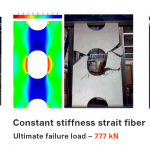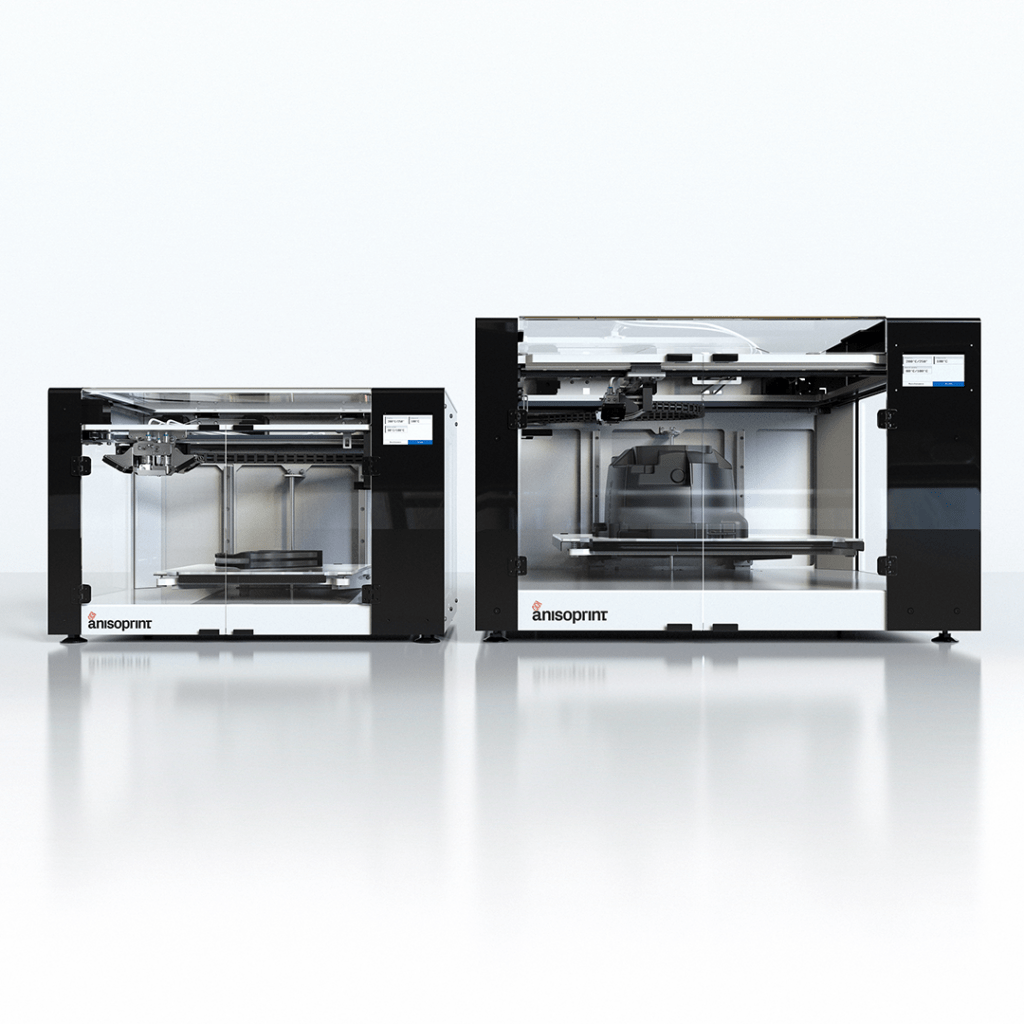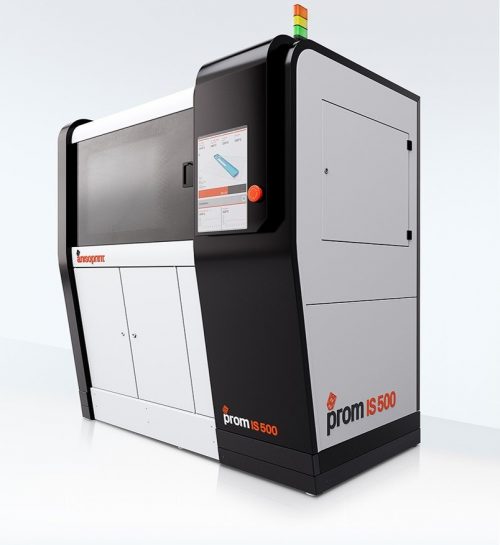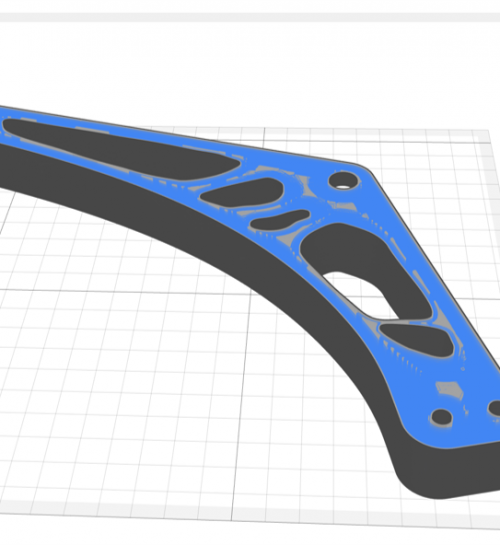What is Fiber Steering? 3D Anisoprinting with Continuous Fibers
What is Fiber Steering? 3D Anisoprinting with Continuous Fibers
Continuous Fiber 3D Printers are great but what’s the point of 3D printing long fibers if you can’t control the direction of the fibers in the way you need them to be?
It’s a bit like having a car with a that can only drive straight.
Fiber Steering Composites - Controlling Fiber Trajectories
Fiber steering is the ability to control the trajectories of fiber reinforcement.
It is one of the biggest advantages of continuous fiber 3D printing technology. This allows you to produce optimal composites for a given load without increasing the weight, wich impossible with conventional composite manufacturing technologies such as composite layup or winding.

FFiber Steering Composites - Reinforcement Where You Need It
For example, you can effectively reinforce the parts with holes. It’s well known that holes are stress concentrators that significantly reduce the strength of structural elements. The main goal was to find a method for rational reinforcement of such parts.

The sample was reinforced with curved paths corresponding to the load distribution, without increasing the weight. Traditionally, to increase the strength of an element, a part thickness is increased that leads to an increase of the part weight.
As a result of a specific layup of the reinforcing fiber in the sample, the stress concentrations are removed from the holes and the load evenly distributed over the entire part.

Fiber Steering Comppsites - Applications
Fiber steering has been the subject of intense study. In the article “Manufacturing and Testing of A Fibre Steered Panel with A Large Cut-out, Composite Structures (2017)” described an experiment that showed that fiber steering is effective for a panel that is the lower wing skin with a large hole.

Three panels, one for each type of laminate, are built from thermoset prepreg material using automated fiber placement. One of the panels was made by fiber steering, the other two were with straight fibers: one with quasi-isotropic and the second with constant stiffness.
All panels are tested in pure tension. The failure loads, failure modes, and weights of the tested panels are compared. The results indicate that the variable stiffness laminate (fiber steering) is capable of sustaining loads of up to 2 times, before failure, then the constant stiffness and quasi-isotropic laminates of equal weight.
Design Consulting supplies the complete range of Anisoprint continuous fiber desktop and industrial 3D printer range that provides an open system to print in virtually any plastic material and re-inforce the 3D print with continuous basalt or carbon fiber.
Contact Us
If you would to discuss Anisoprinting, please contact us by calling on 1800 490 514, by filling out the form or clicking the live chat in the bottom right-hand corner.
































